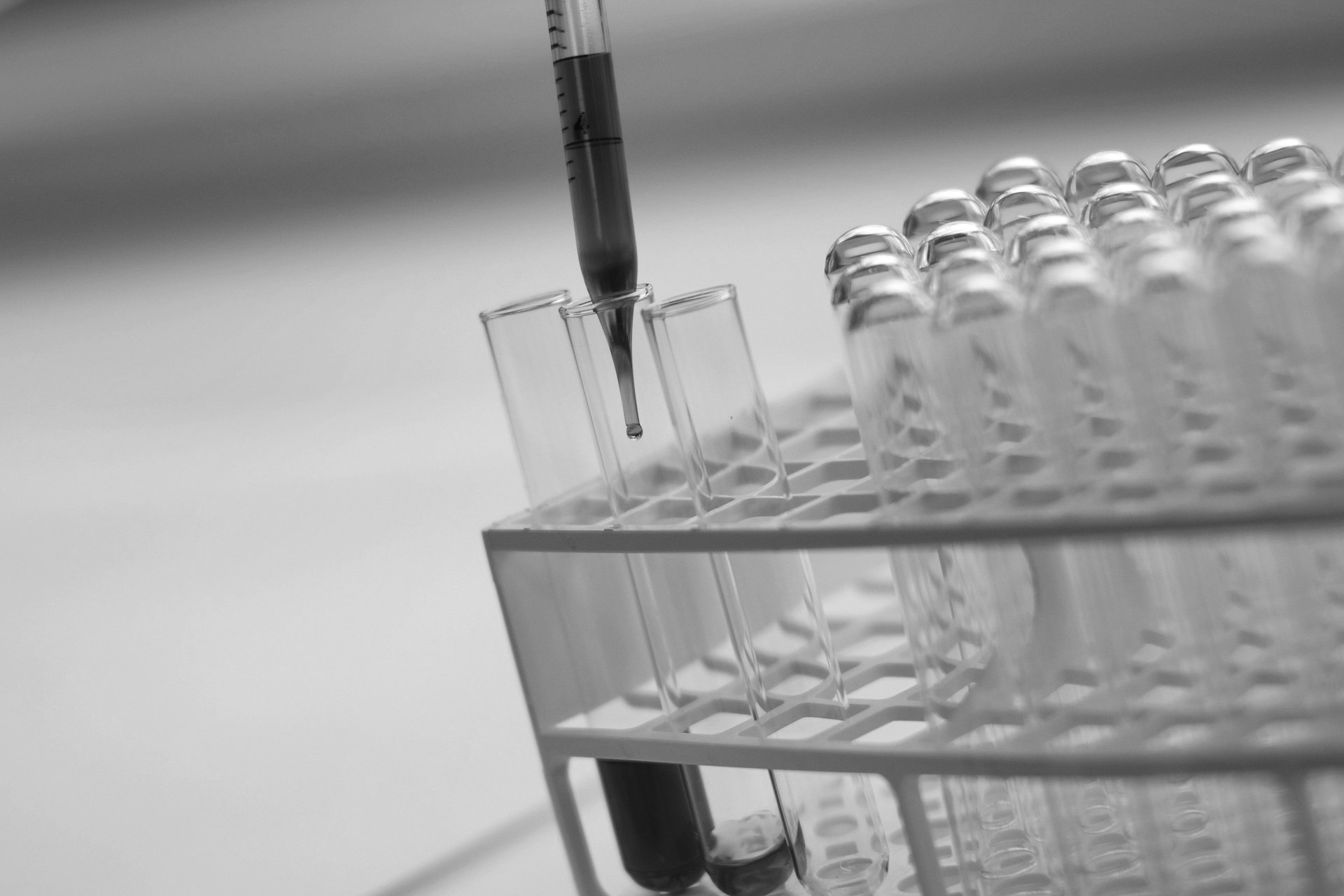
Recently published research by Drexel University and the Korea Advanced Institute of Science and Technology shows that chemical sensors are becoming more advanced, enough to detect diseases on a person’s breath.
The discovery was published in American Chemical Society Nano and describes a material called MXene. It is a two-dimensional metallic material that is sensitive enough to detect chemicals in gas form. MXene can detect chemicals that are indicators for diabetes and ulcers, ammonia and acetone.
There are currently sensors that can detect chemicals to make medical diagnoses, but MXene is more sensitive and can find chemicals in much lower traces. It is a highly conductive substance and changes its electrical conductivity when it is in the presence of certain chemicals.
“MXene is one of the most sensitive gas sensors ever reported. This research is significant because it expands the range for detection of common gases allowing us to detect very low concentrations that we were not able to detect before,” Yury Gogotsi, a lead Drexel author of the study, said to sciencedaily.com. “The high sensitivity of the device may be used for detecting toxic gases or pollutants found in our environment.”
Gogotsi and Drexel’s Nanomaterials Research group worked with Hee-Tae Jung, a professor at KAIST in Daejeon, South Korea to learn more about MXene. MXenes were originally discovered at Drexel in 2011, and since then Gogotsi has been studying various compositions of the material which could lead to creating sensors for a variety of different chemicals.
The reason that MXenes are better chemical sensors than other materials is a result of their chemical composition and porous structure, which allows gas molecules to flow through without getting caught or being absorbed. Certain chemicals are also attracted to MXene which helps its utility as a chemical sensor.
Chemical sensors have quantification of how accurate they are called a signal to noise ratio, which measures how much signal the chemicals detect versus how much background signal they also indicate. For example, breathalyzers used to detect alcohol have a signal to noise ratio between 3 and 10. Gogotsi and Jung found that MXene has a signal to noise ratio between 170 and 350, depending on the chemical.
“If the material can respond to gases by giving a strong signal, while simultaneously being conductive and achieving low electrical noise, the sensor can detect gases at very low concentrations because the signal-to-noise ratio is high— this is clearly the case with MXene,” Gogotsi told sciencedaily.com. “MXene can detect gases in the 50-100 parts per billion ranges, which is below the concentration necessary for current sensors to detect diabetes and a number of other health conditions.”
The potential of MXene is important in terms of medical diagnosis. Many chemical signals are currently being researched to detect other diseases such as cirrhosis, multiple sclerosis, kidney disease and various forms of cancer. The more sensitive the chemical signal, the earlier these diseases can be detected and treated. Chemical detectors can also be helpful in various other fields, such as environmental monitoring.
“The next step to advance this research will be to develop sensor sensitivity to different types of gases and improve the detection selectivity between different gases,” Gogotsi said to sciencedaily.com. “We can also imagine personal sensors that will be in our smartphones or fitness trackers, monitoring body functions and the environment while we work, sleep or exercise, accessible with a tap of a finger. Improving the detection sensitivity with new materials is the first step toward making these devices a reality.”

